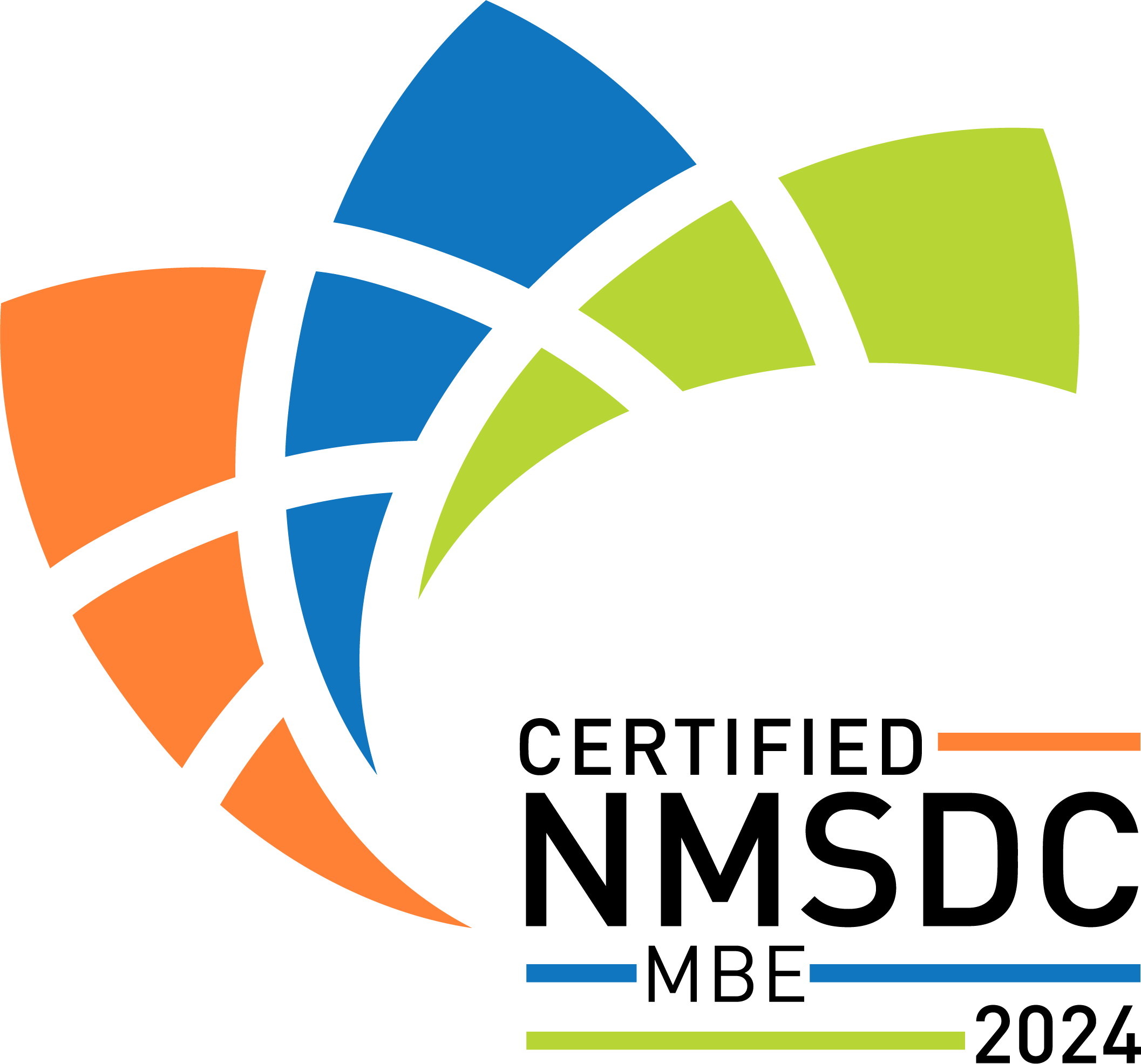What is Managed IT Services: A Breakdown of Services and Solutions
Understanding managed IT services begins with recognizing the need for modern businesses to have reliable technology partners. When you’re looking for a top IT service provider, you want someone who can handle everything from network monitoring to cybersecurity without disrupting your daily operations. Managed IT services have become the backbone of successful companies, offering proactive solutions like network monitoring, help desk support, data backup and recovery, cybersecurity management, and infrastructure optimization. These services keep your business running smoothly while protecting your most valuable digital assets. Whether you’re a small startup or an established enterprise, managed IT services provide the technical expertise and round-the-clock support that enable you to focus on what you do best.
Core Services Offered
At the heart of managed IT services lies a comprehensive suite of solutions designed to keep your technology running without a hitch. Proactive network monitoring identifies potential problems before they escalate into costly disasters, preventing unexpected downtime when you can least afford it. The help desk operates around the clock, ready to tackle any IT challenge your team encounters. Data backup and disaster recovery solutions act as your safety net, protecting critical business information from loss or corruption. Cybersecurity management stands guard against an evolving landscape of digital threats, while infrastructure optimization ensures your systems perform at their best. Each service works together, creating a protective layer around your technology investments and giving you peace of mind that your operations won’t grind to a halt over technical issues.
Benefits of Managed IT Services
The real value of managed IT services shows up in your bottom line and daily operations. Instead of scrambling to fix problems after they occur, you get proactive maintenance that keeps systems healthy and productive. Your internal team can concentrate on strategic initiatives rather than troubleshooting printer jams or password resets. Access to experienced IT professionals means you’re tapping into deep technical knowledge without the overhead of hiring a full in-house department. The financial benefits are straightforward as well, predictable monthly costs replace unexpected repair bills and emergency service calls. You gain enterprise-level IT capabilities at a fraction of what it would cost to build them yourself. Companies that use managed IT services report fewer disruptions, faster problem resolution, and employees who can focus on their jobs instead of struggling with technology.
Cybersecurity Solutions
Today’s threat landscape demands constant vigilance and sophisticated defenses. Cybersecurity solutions form multiple layers of protection around your network and data. Strong firewalls filter incoming traffic, while intrusion detection systems watch for suspicious activity that might signal an attack. Endpoint protection secures every device connecting to your network, from desktop computers to mobile phones. Encryption technologies scramble sensitive data, ensuring it remains protected even if intercepted. Regular security audits reveal vulnerabilities before hackers can exploit them, and employee training helps your team recognize and avoid common threats like phishing emails. The cybersecurity world is constantly evolving, new threats emerge frequently, which is why continuous monitoring and updates are essential. A well-designed security strategy doesn’t just react to threats; it anticipates them and builds defenses accordingly.
Data Backup and Recovery
Losing critical business data isn’t just inconvenient, it can be devastating to a company. That’s why comprehensive backup and recovery systems are non-negotiable. Automated backups run on schedules you set, capturing changes throughout the day without requiring manual initiation. Multiple copies stored in different physical locations provide redundancy, so natural disasters or hardware failures can’t wipe everything out at once. When data loss does occur, recovery procedures kick in quickly, minimizing the time your business spends offline. The best backup systems follow the 3-2-1 rule: three copies of your data, on two different types of media, with one copy stored offsite. Recovery plans document exactly how to restore operations, with clear steps that eliminate confusion during emergencies. Regular testing ensures these procedures actually work when you need them, not just in theory.
Network Infrastructure Management
Your network infrastructure is like the circulatory system of your business, when it works well, everything flows smoothly, but blockages cause serious problems. Managing this infrastructure means configuring routers, switches, firewalls, and other equipment for optimal performance. Continuous monitoring tracks network traffic patterns, identifying congestion points before they slow everyone down. When bottlenecks appear, solutions get implemented quickly to restore speed and reliability. Regular audits examine the entire network architecture, identifying outdated equipment, security gaps, and inefficient configurations. Staying current with technology advances and security protocols protects against emerging vulnerabilities. Proper infrastructure management maintains stable connectivity, supports growing bandwidth demands, and creates a foundation that scales with your business needs.
IT Helpdesk Support
When technology problems strike, fast and effective help makes all the difference. IT helpdesk support provides that crucial first line of defense, offering immediate assistance when users encounter technical difficulties. A centralized support system streamlines the process of reporting and resolving problems, reducing confusion and finger-pointing. Technicians trained across various technologies can handle everything from software bugs to hardware malfunctions, adapting their approach to each situation. Quick response times mean employees spend less time frustrated and more time productive. Proactive monitoring often catches issues before users even notice them, preventing small problems from escalating into major disruptions. The helpdesk becomes your technology safety net, ensuring that technical difficulties don’t derail important projects or customer commitments. Good helpdesk support doesn’t just fix problems, it keeps your entire organization moving forward confidently.
Related Topics:













